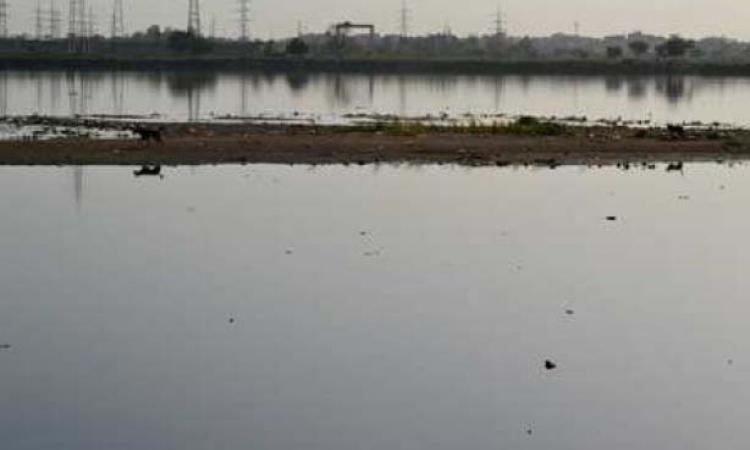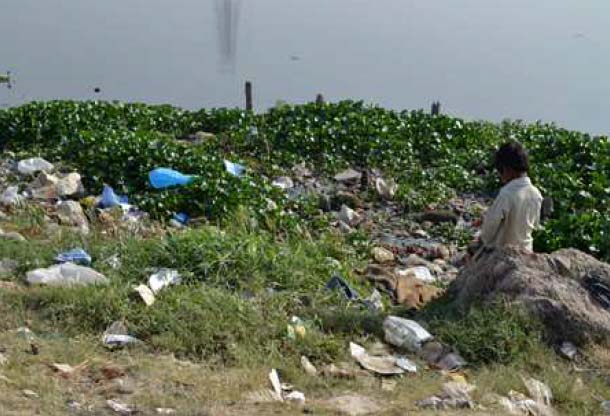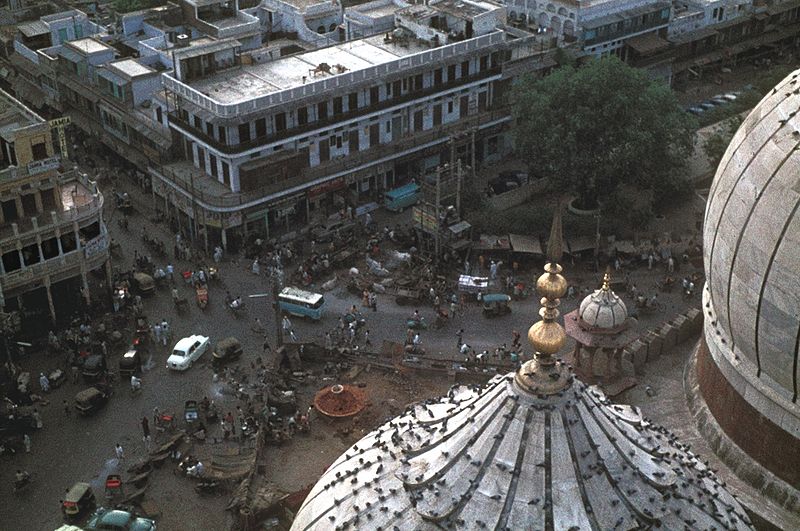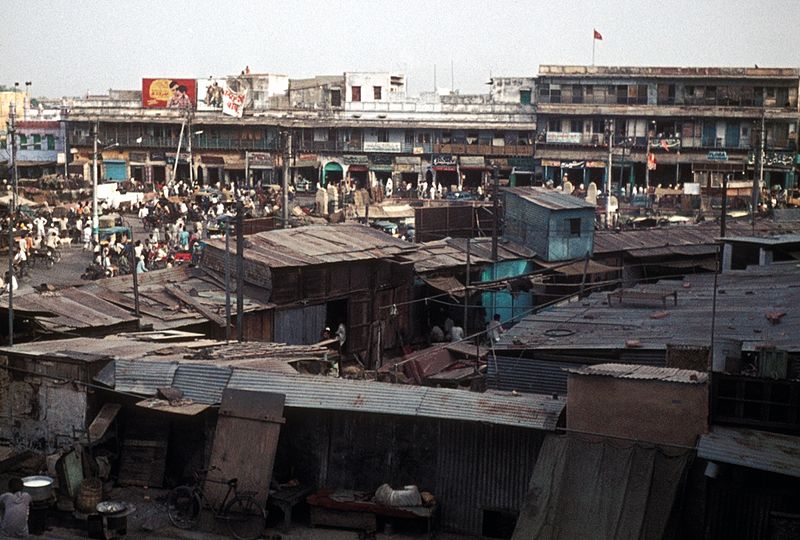
Environmentalist Robert Swan, the first person to walk the North and South Pole, was in Delhi last year. He launched phase IV of Project Search, which aimed to promote environmental awareness and sustainable lifestyles among students. Swan noted that not many Delhiites scored high on topics of environmental awareness. He thought that to make Delhiites take to the environment in a big way, one had to make caring for it very upmarket. He said, “They will step out of their huge cars and donate to save tigers, animals, etc., because that sounds uber-sophisticated” (1).
Delhi, one of the oldest persistently peopled cities in the world scores high on the scale of affluence. However, its environment remains its Achilles heel, according to a recent economic survey (2012-2013) of the city.
A related sentiment was echoed at a recent event when a group of people came together to envision how Delhi's environment should be by 2025. They deliberated over the basic issue of who benefits from development in a fast growing urbanizing economy and why.
Like most cities of India, Delhi too faces “the same proliferating problems of urban expansion, inadequate housing, poor transportation, poor sewerage, erratic electric supply, and insufficient water supplies.” (2) However, in the race to succeed economically as a city, it has neglected preserving and strengthening its urban environment. The meeting held by Green Circle of Delhi and India International Centre recently was an effort to address such issues related to the city’s growth.
And quiet flows the dirty Yamuna
The city located on the banks of Yamuna river was dotted with several traditional water bodies like baolis in the past. These were not only water carriers but also imprints of histories, traditions, and cultures. The seven cities of Delhi that emerged during the 13th to 18th centuries were dependent on these types of traditional water bodies and not so much on the Yamuna, according to Sohail Hashmi, a historian.

The city’s dependence on the Yamuna increased during the colonial period. However, the river, which had been a metaphor for artists and a fundamental part of life for its citizens, is growing shallower by the day. The situation has deteriorated over time. “More than Rs.1,500 crore spent over the past two decades to clean the Yamuna, which meets 70 per cent of Delhi's daily water needs, has all been a waste.” (3)
The river is dying at each bend and is dry in most stretches in the city. Filth, dirt, industrial waste and drainage pollute the water today.
Manoj Misra, Convener of the Yamuna Jiye Abhiyaan, said that the riverbed has been violated in order to concretise more areas. Unsystematic expansion and violations of laws including that of the River Regulation Zone notification, which prohibits construction on riverbeds, have contributed to this situation.
Private vehicles are pampered in Delhi
Delhi’s traffic woes are a fairly recent phenomenon. It was once a well-planned city with good roads and an efficient bus network. Not any more. There are more private vehicles causing a huge rise in pollution levels, which offsets the good done by using compressed natural gas fuel that is better for the environment.

Rajendra Ravi, Institute for Democracy and Sustainability, talked of the common peoples’ democratic right over the roads. While the city has added over 10,000 km of roads and 60 flyovers in the last decade, it has done negligible amount of development of road space for pedestrians and cyclists. This statistic stands out as thirty five per cent of Delhiites mainly belonging to the working classes own bicycles.
Those opposed to the Bus Rapid Transport system argued by saying that the value of the time of a person driving a car was more than that of a poor person and so more road space should be dedicated to cars over buses. It’s a good thing that the Delhi court argued differently. The judgment on the Bus Rapid Transport system case rightly stated, that two cars, taking same space as a bus, transport only three persons as against 60 to 70 persons in a bus during peak hours and around 40 persons during non-peak hours. It upheld that the government should focus on shifting from personal to public transport. It noted, “A developed country is not one where the poor owns cars but it is one where the rich use public transport”.
Ensuring inclusion in cities can improve the quality of life
Dr Mahesh N Buch, Chairman of the National Centre for Human Settlements and Environment, Bhopal said that Delhi’s masterplan is founded on the false premise of keeping migrants at bay. Migration accounts for a large population of Delhi, yet migrants are usually discouraged from settling down. Their negative portrayal as a ‘burden’ to Delhi continues and urban planning initiatives neglect them.

Prof. C R Babu, University of Delhi stressed the need for preserving the existing green spaces in the city. He also suggested trying out urban farming concepts like vertical greens, which are when plants are grown in skyscrapers. This has been successfully done in places like Singapore.
Making a strong case against middle class and elite environmentalism', Dr Amita Baviskar, Associate Professor of Sociology at the Institute of Economic Growth said, "We are living in a city which mimics segregation earlier seen during South Africa's apartheid phase. Thousands of people were relocated from the Yamuna banks in an effort to clean the embankment but the city is neither cleaner nor greener.” The city’s poor are paying disproportionately after being moved to resettlement colonies with no basic amenities.
A shortcoming of urban environmentalism is that it over and over again seeks unpolluted spaces for exclusive use of the elite. Urban policies must be more responsive to ensure that the interests of the disadvantaged groups are not under represented.
Endnotes
The lecture can be viewed at the IIC website here -http://www.iicdelhi.in/webcasts/view_webcast/dialogue-to-develop-a-vision-of-the-environment-of-delhi-2025/
(1) Delhiites are terribly lazy, Diksha Kamra, TNN May 29, 2012, 1, http://articles.timesofindia.indiatimes.com/2012-05-29/people/31887523_1_junk-food-environment-issues-care